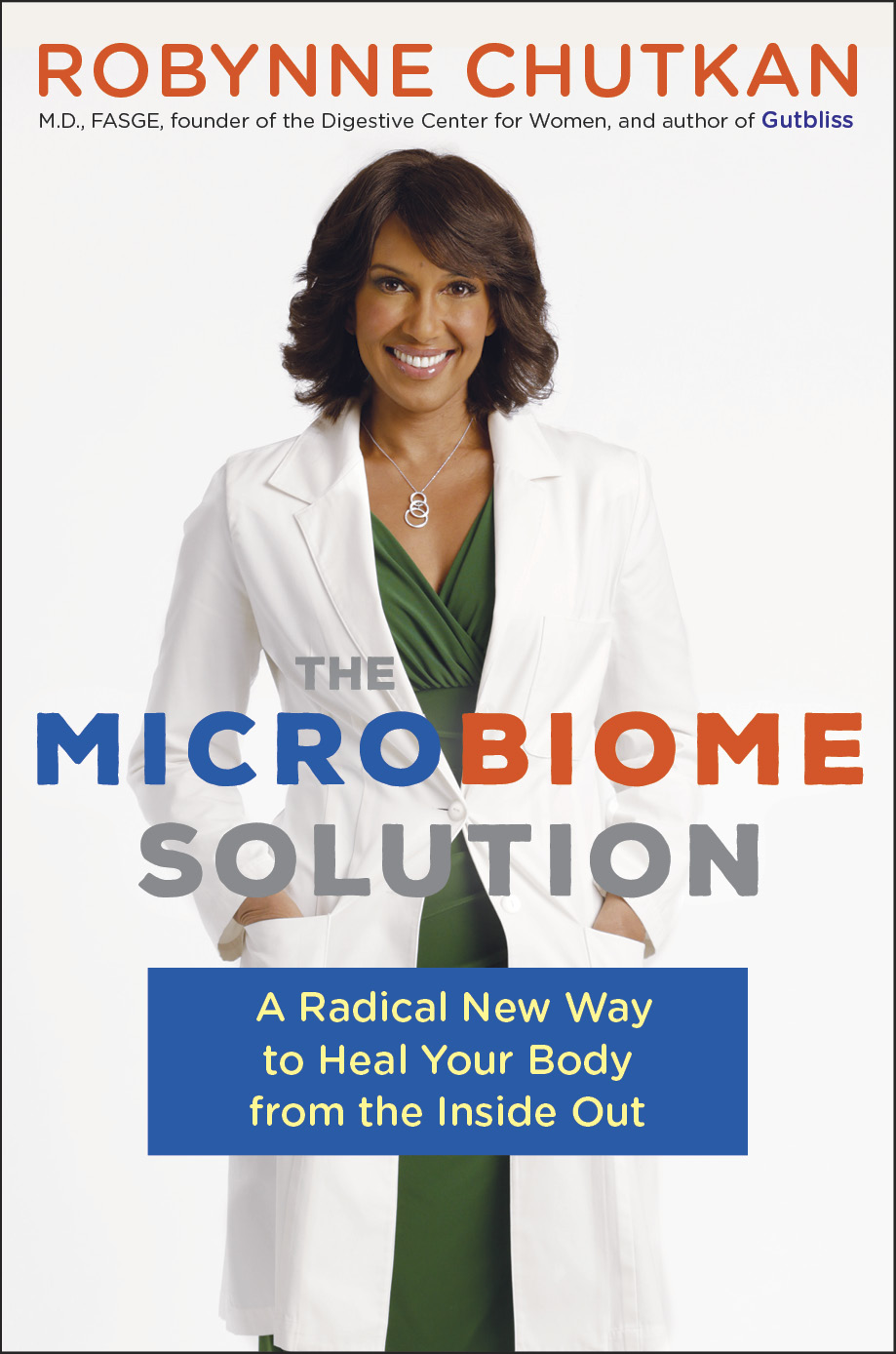As we’re fond of saying, the number one thing you can do for your gut health (and outer appearance!) is eat more leafy greens. Grocery stores are full of pre-washed, bagged lettuce and other salad kits. But are these items just as good for the gut, and skin, as their un-bagged counterparts? Let’s take a look…
Pre-washed, pre-packaged lettuces make eating leafy greens a heck of a lot easier. But could the ease be a trade-off for health? Just about all pre-washed veggies, including organic greens, are washed in a water rinse containing chlorine to eliminate harmful bacteria and contamination. (A new rinse using organically derived acids, such as lactic acid, is now being used by Fresh Express and is called FreshRinse. While this form of rinsing is more natural compared to its chlorine counterpart, it’s not utilized by most companies). The amount of chlorine used to wash greens is approximately 50 to 200 parts per million (ppm), and research shows chlorine levels left on the vegetables are around 4 ppm, which is within the FDA approved level. And similar to what’s considered safe for drinking water.
If you consume vegetables that have been rinsed in a chlorine wash, it’s important to know the risks. High levels of chlorine exposure can lead to complications such as dry skin, eye irritation, long-term shortness of breath, lung irritation, chronic cough, and tooth erosion – to name a few. Yet with a quick internet search, you’ll find that most sources claim these complications are only seen when individuals are exposed to high levels of chlorine, either acutely or over long periods of time. Chlorine levels on greens treated with a chlorine wash are not very high, and in fact, are comparable to the levels we consume daily in our drinking water. Yet, while 4 ppm or less may be the FDA approved level for chlorine consumption and considered safe, EPA findings tell a different story:
“Chlorine is a potent irritant in humans to the eyes, the upper respiratory tract, and the lungs. Several acute (short-term) studies have reported the following effects: tickling of the nose at 0.014 to 0.054 parts per million (ppm); tickling of the throat at 0.04 to 0.097 ppm; itching of the nose and cough, stinging, or dryness of the nose and throat at 0.06 to 0.3 ppm; burning of the conjunctiva and pain after 15 minutes at 0.35 to 0.72 ppm; and discomfort ranging from ocular and respiratory irritation to coughing, shortness of breath, and headaches above 1.0 ppm. (4) Higher levels of chlorine have resulted in the following effects in humans: mild mucous membrane irritation at 1 to 3 ppm.”
While the EPA has not categorized chlorine as a carcinogen, its byproducts, which are found in drinking water, could be. In the same EPA report, chlorine byproducts are significantly associated with cancer:
“Several human studies have investigated the relationship between exposure to chlorinated drinking water and cancer. These studies were not designed to assess whether chlorine itself causes cancer, but whether trihalomethanes or other organic compounds occurring in drinking water as a result of chlorination are associated with an increased risk of cancer. These studies show an association between bladder and rectal cancer and chlorination byproducts in drinking water.”
Despite its FDA approval, it’s clear that chlorine poses health concerns, not to mention the destruction it could be causing in our gut microbiome. There have been very few studies looking at the effects of chlorinated vegetable rinses and chlorinated drinking water on the microbiome, yet scientists have raised concerns, especially in considering its impact on infants and young children whose microbiomes are in a vulnerable state. While the research isn’t there yet to prove chlorine’s effects on bacteria diversity and colonization in the gut (and the skin), at Gutbliss we recommend avoiding pre-washed greens and other vegetables rinsed with a chlorine wash.
In addition, it’s important to know that many leafy green companies even recommend washing pre-washed lettuce at home. There have been reports of fecal remnants and bacteria associated with poor sanitation on leafy greens after being “triple washed”. These bacteria most likely reside in the intricate creases found in leafy greens. So, does the pre-wash aspect even help the convenience factor if we should wash them again at home?
It must be said though, that if you value convenience over everything and just aren’t going to eat many leafy greens unless they come prewashed, opting for prewashed, pre-packaged leafy greens just might be your best bet. You will most likely eat a lot more greens this way, than if you had to cut, wash and prepare them yourself… and this could be the difference between a healthy gut and a not so healthy one. So, if this sounds like you, we recommend opting for the pre-washed/packaged veggies.
But if you’re someone who’s willing to spend the time to head down to your local farmer’s or organic market, pick up a fresh bunch of leafy greens – even better if they’re still attached to the roots – or better yet, grow some greens in your own backyard – this trumps the pre-washed, pre-packaged greens any day… and is what we ultimately recommend.







